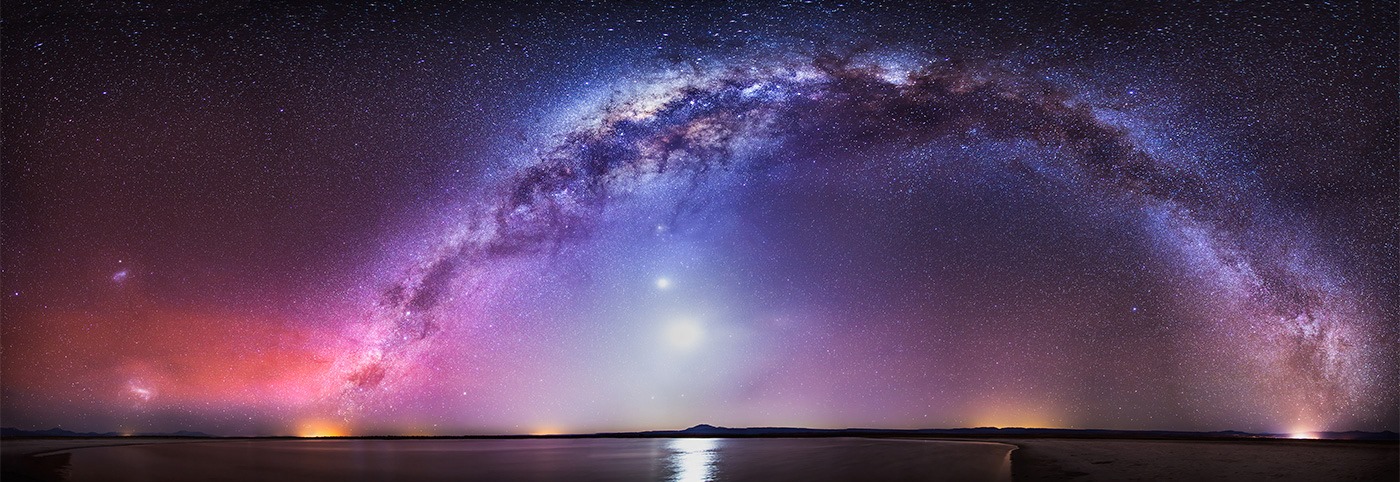Intl. Space Station on Twitter
.@SpaceX Dragon arrived, two cosmonauts went on a spacewalk. Next week, crew gets chance to see #Eclipse2017 three times. #SpaceToGround pic.twitter.com/37LGyuDnrf — Intl. Space Station (@Space_Station) August 18, 2017
